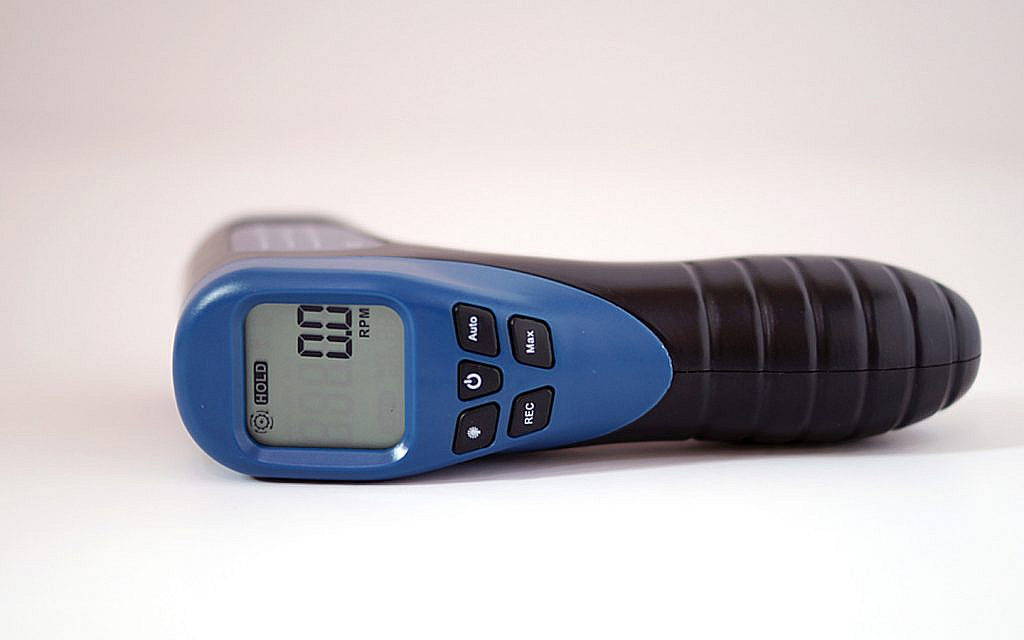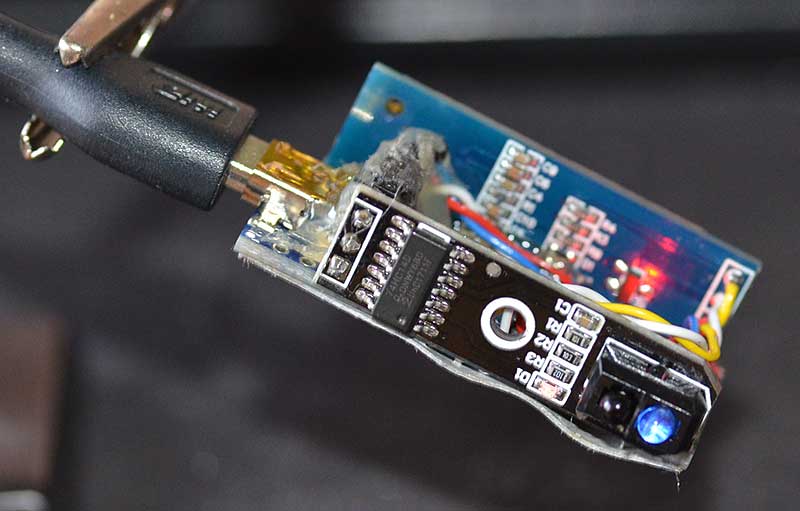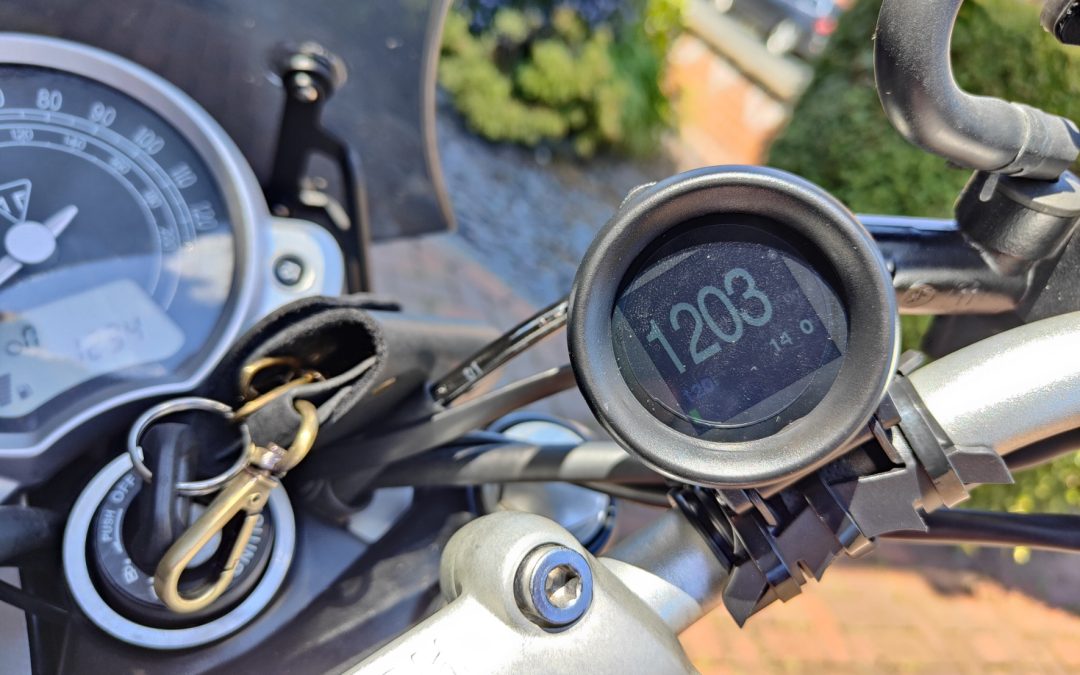Understanding how to read a tachometer in car is crucial for both novice and seasoned drivers. The tachometer is an essential instrument that displays the RPM (revolutions per minute) of your engine. Knowing how to accurately interpret this data can help you drive more efficiently and safely.

Why is a Tachometer Important?
The tachometer provides real-time feedback on the engine’s performance, allowing drivers to make informed decisions about gear changes and throttle use. This information is particularly useful in preventing engine strain and optimizing fuel efficiency.
Basic Components of a Tachometer
A typical tachometer consists of a dial, needle, and a numeric scale. The needle moves across the dial to indicate the engine’s RPM. Some advanced tachometers also feature digital displays for enhanced readability.
How to Read the Tachometer
To read the tachometer, observe the needle’s position on the dial. The numbers on the scale represent thousands of RPMs. For example, if the needle points to 3, the engine is running at 3,000 RPM.
Interpreting Tachometer Readings
Understanding what the tachometer is telling you is just as important as knowing how to read it. High RPMs indicate that the engine is working harder, which can be a sign to downshift or ease off the throttle.
Optimal RPM Ranges
Every vehicle has an optimal RPM range, usually indicated in the owner’s manual. Staying within this range ensures the engine runs efficiently and reduces wear and tear.
Redline: What it Means
The redline is the maximum engine speed, usually indicated in red on the tachometer. Running the engine at or near the redline can cause severe damage and should be avoided.
Advanced Tachometer Features
Some modern tachometers come with additional features like shift lights and RPM data logging. These features provide more in-depth insights and can be particularly useful for performance driving.
Shift Lights
Shift lights indicate the optimal time to change gears, helping you maintain the best RPM range for your driving conditions.
RPM Data Logging
This feature records engine RPM over time, allowing for detailed analysis of driving habits and engine performance.
Practical Tips for Using a Tachometer
To get the most out of your tachometer, follow these practical tips:
- Regularly check your owner’s manual for the recommended RPM range.
- Avoid running the engine at high RPMs for extended periods.
- Use the tachometer to time your gear shifts for optimal performance.
Common Mistakes and How to Avoid Them
Even experienced drivers can make mistakes when reading a tachometer. Here are some common errors and how to avoid them:
Ignoring the Redline
Continuously running the engine at or near the redline can cause severe damage. Always keep an eye on the tachometer to avoid this mistake.
Over-reliance on the Tachometer
While the tachometer is a valuable tool, it should not replace other important driving cues like engine sound and feel.
Maintenance and Calibration
To ensure your tachometer remains accurate, regular maintenance and calibration are essential. Refer to your vehicle’s service manual for specific guidelines.
DIY Calibration
For those who prefer a hands-on approach, DIY calibration kits are available. However, it’s often best to have a professional handle the calibration to ensure accuracy.
Professional Maintenance
Regular professional maintenance can help identify issues before they become serious problems, ensuring your tachometer remains reliable.
Technological Advancements in Tachometers
Modern tachometers have evolved significantly, incorporating advanced technology for improved accuracy and functionality.
Digital Tachometers
Digital tachometers offer precise readings and additional features like data logging and customizable alerts.
Smart Tachometers
These advanced devices can connect to your smartphone, providing real-time data and analysis through dedicated apps.
Cost Considerations
The cost of a tachometer can vary widely based on its features and functionality. Basic models are affordable, but advanced versions with digital displays and connectivity options can be more expensive.
Budget-Friendly Options
For those on a budget, basic analog tachometers offer reliable performance at a lower cost.
High-End Models
High-end models come with a range of advanced features, including digital displays, data logging, and connectivity options, making them ideal for performance enthusiasts.
Safety Considerations
While tachometers provide valuable information, always prioritize safety. Never let monitoring the tachometer distract you from the road.
Eyes on the Road
Always keep your primary focus on driving. Glance at the tachometer only when it is safe to do so.
Use Technology Wisely
Advanced tachometers with shift lights and alerts can help you stay informed without taking your eyes off the road.
Learning Resources
There are numerous resources available for those looking to deepen their understanding of tachometers and engine performance.
Online Tutorials
Many websites offer in-depth tutorials and videos on how to read and interpret tachometer readings. Learn more.
Driver Education Courses
Driver education courses often include lessons on reading and using a tachometer, providing practical, hands-on experience.

FAQs
What is the purpose of a tachometer in a car?
The tachometer measures the engine’s RPM, providing real-time feedback on performance and helping drivers optimize their driving habits.
Can I drive without a tachometer?
While it’s possible to drive without a tachometer, having one provides valuable information that can improve your driving efficiency and engine health.
How often should I calibrate my tachometer?
Regular calibration is recommended based on your vehicle’s service manual. Professional calibration ensures accuracy and reliability.
Please note that mastering how to read a tachometer in car is a skill that can significantly enhance your driving experience. By understanding your engine’s performance, you can make more informed decisions on the road. For further insights and advanced techniques, you can refer to specialized resources like this article.
